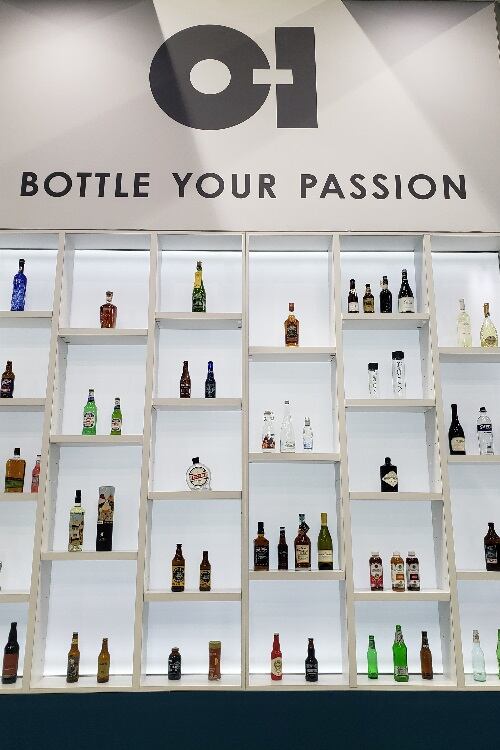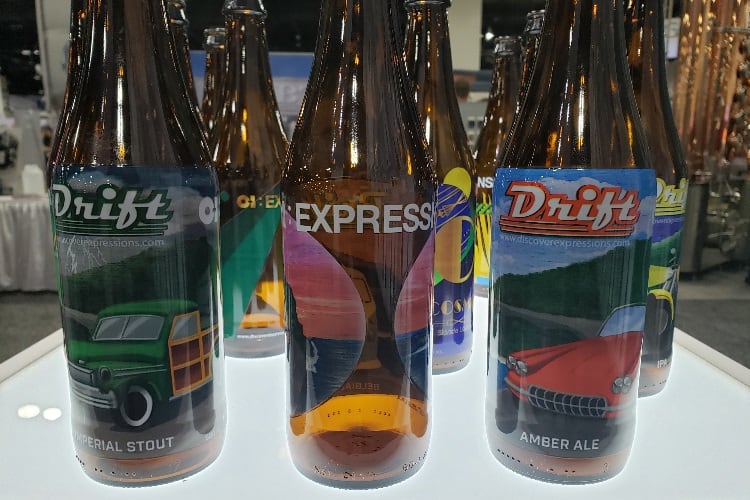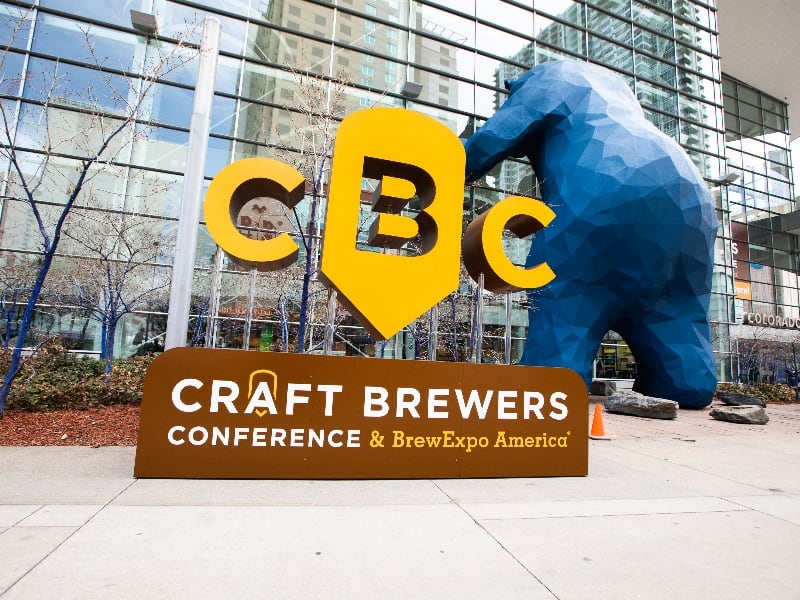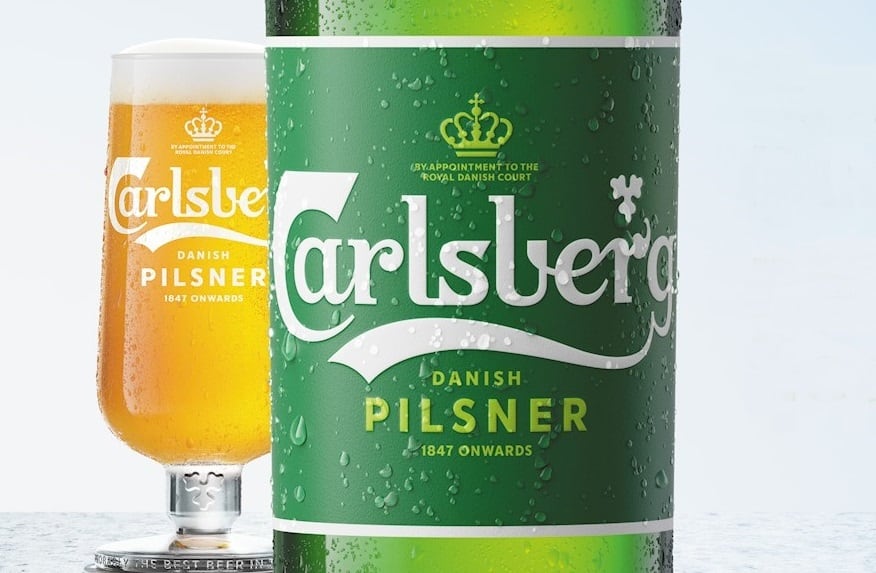Beer has always been tied to its packaging; long-neck, amber glass bottles are synonymous with the drink, and have been an easy identifier that the contents are alcoholic. Even canned beer is often packaged in tall, 16oz cans that are distinct from soda.
There has been little disruption to this model, and most beer packaging innovation shows through labeling, like shrink sleeves, and branding, like digital watermarks. But today’s consumers are increasingly adventurous and willing to blur product categories, creating a big opportunity for the market.
At the Craft Brewers Conference (CBC) in Denver last week, the Brewers Association (BA) hosted seminars dedicated to packaging trends from companies like Inland Packaging of Wisconsin, while global manufacturers like O-I exhibited their latest products on the BrewExpo America tradeshow floor.
Brand building with 'killer labels'
Beverage labeling, including beer, can be broken into three main styles--cut and stack, pressure sensitive and shrink sleeve. According to Michael Kurth of Inland, there is not one style right for every product a brand has in its portfolio.
Kurth and colleague Mike Miller spoke at CBC about building brewer brands with a ‘killer label.’ They explained all forms are versatile and bring unique advantages to the design.
Cut and stack is the oldest and most well-known labeling type for primary packaging, usually less expensive than others. It’s typically used on glass bottles in the beer industry and made of paper. It’s also seen as a full wraparound label, like those on plastic water bottles.
Kurth and Miller said pressure sensitive is similar to cut and stack labels, but may be better suited to smaller operations. The adhesive on pressure sensitive labels is pre-applied like a sticker, while cut and stack glue is applied at bottling and comes with a separate glue cost.
The pressure sensitive labels can still be more expensive because they are more highly engineered than cut and stack; there are a variety of adhesives available and a quicker labeling speed is more pricey.
Shrink sleeve labels have been the fastest-growing style for craft brewers in the last few years. Kurth and Miller noted that they are ideal for branding as they wrap around cans 360 degrees.
They are also considered to be even more highly engineered than pressure sensitive because the sleeves shrink to fit the contours of the container from a heat application process.
Advancing smart pack tech
Shrink sleeves are more expensive than both pressure sensitive and cut and stack, but its advantages can outweigh total cost. Kurth and Miller said shrink sleeves have a functional advantage to cans because they are flexible with fast turnaround times, able to customize and target customers quickly.
Smart packaging technology is being used on all types of labels, but most commonly on shrink sleeves. The QR code is well known, able to send customers to a brand landing page through a phone scan. Augmented reality is also showing up on packaging, where a label can come to life on a phone screen, incorporating characters or telling a story.
Digital watermarks are newer, but very similar technology to a QR code. But they are built into the packaging graphics, hidden among the artwork without taking up the space of QR code. It works the same way, linking to a landing page through a phone scan. But it requires clear instructions as it is a less obvious branding element.

Coming in 2020: Printing directly onto glass
O-I exhibited its manufacturing and design services at CBC, in particular a new prototype coming to the US in 2020. It’s a 360 degree direct-to-glass print capability that eliminates secondary labeling altogether, first launched in Europe.
O-I’s primary focus is on manufacturing bottles, but it does design ‘total package solutions’ for its customers. It works with brands across food and beverage categories globally--alcoholic drinks like beer, non-alcoholic drinks like cold brew and kombucha, baby food, etc.
Tristi Pfeiffer, global category director at O-I, said that direct-to-glass labeling could be a great opportunity for craft brewers interested in mass personalization and disrupting the potentially wasteful label industry.
For example, aluminum cans are recyclable, but their external shrink sleeve labeling often is not. Recycling centers may reject them, with cans ending up in landfills. Including on-can disclaimers and using perforated labels that can be ripped off and discarded separately is one solution starting to gain popularity.
“We’re actively focused on changing the game from an innovation perspective. The place that we stand in today, as a whole from the beer category, is that it’s a sea of sameness,” Pfeiffer told BeverageDaily.
“We believe there is true opportunity for category disruption, especially given performance in the category as it stands.”
She thinks it also may be time for different, innovative bottle shapes in beer. The O-I team sees a lot of blurring of lines across categories, with a lot of their craft customers getting into adjacent territories like hard seltzers. Craft brewers may find success with packaging their beer in bottles that look like those used for RTD lattes, kombucha and other juices.
“We see a huge opportunity to help our customers consider packaging as part of the initial ideation point of new product development. Many times what we find is that the package is a last minute choice. We’re working to change that because it’s such an important part of the product bundle,” Pfeiffer said.



